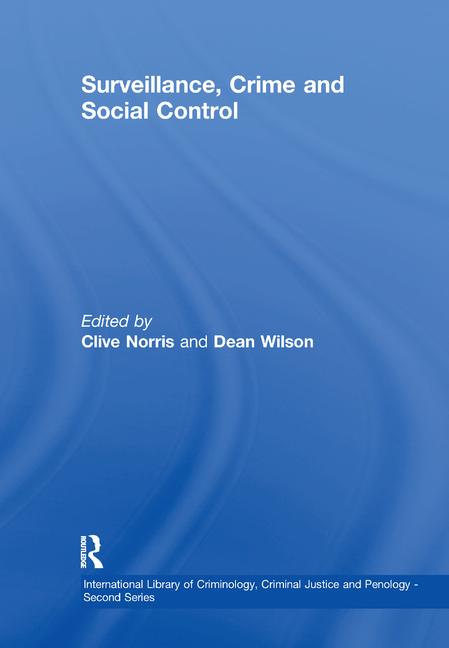A very interesting case involving a medical alert monitoring system was recently decided by the Appellate Court of Connecticut.
The plaintiff, who was the administrator of the estate of the decedent, brought an action against the defendant alleging claims for negligence, breach of contract and products liability in connection with the death of the decedent.
The decedent was 88 years old, lived alone, and entered into an agreement with the defendant, who was in the business of providing independent living services, including home medical alert systems. The defendant installed a medical alert system in the decedent’s residence, consisting of a personal help button designed to be worn by the user and a communicator device that was connected to the decedent’s telephone and could be used to summon emergency assistance when the system was activated by pressing the help button. The decedent was found dead on the floor of her residence after having attempted to summon help by means of the medical alert system, which did not transmit a signal to the emergency call center due to the fact that the decedent’s telephone was off the hook.
The plaintiff presented testimony from the decedent’s primary care physician that although it was likely that the decedent had suffered from gastrointestinal bleeding, he could not say for sure that it caused her death or was the sole cause of death. The decedent could have died from any number of causes, but he could not opine with a reasonable degree of medical probability that had the decedent activated the medical alert system, she would have lived.
The plaintiff alleged that the defendant breached its written agreements with the decedent and was negligent in its installation by failing to install a special telephone jack that would have enabled the communicator device to seize the telephone line to transmit an emergency signal.
After the plaintiff presented her case to a jury, the trial court granted the defendants’ motions for a directed verdict and rendered judgment in favor of the defendant. The plaintiff then appealed to the Appellate Court of Connecticut.
The Appellate Court indicated that the trial court properly granted the defendants’ motions for a directed verdict and determined that the plaintiff failed to present evidence sufficient to satisfy the essential element of causation, an unbroken sequence of events causally flowing from the defendants’ alleged negligent acts to the decedent’s death. It was essential that the plaintiff prove by a preponderance of the evidence what caused the decedent’s death. The evidence presented did not provide the necessary clarification with respect to the cause of death, and left many unanswered questions about whether a timely emergency response would have saved her life.
In deciding the case, the court explained that causation consisted of two components: cause in fact and proximate cause. The court explained that the test for cause in fact is simply would the injury have occurred were it not for the actor’s conduct? The test for proximate cause is determined by looking from the injury to the negligent acts complained of to determine whether the conduct is a substantial factor in bringing about the plaintiff’s injuries.
The plaintiff failed to present evidence in the absence of speculation and conjecture to support causation. Specifically, the plaintiff needed to establish that had the decedent pressed the help button, and if the emergency signal had been successfully received, she would have received medical attention and lived.
The court pointed out that directed verdicts are not favored. A trial court should direct a verdict only when a jury could not reasonably and legally have reached any other conclusion. Having considered the facts in the light most favorable to the plaintiff, the court concluded that the lower court properly granted the defendants’ motion for a directed verdict.
The writer certainly agrees with the decision of the court, but questions whether this matter would have even gone to trial if the defendant had utilized a contract containing properly drafted limitation of liability provision.






